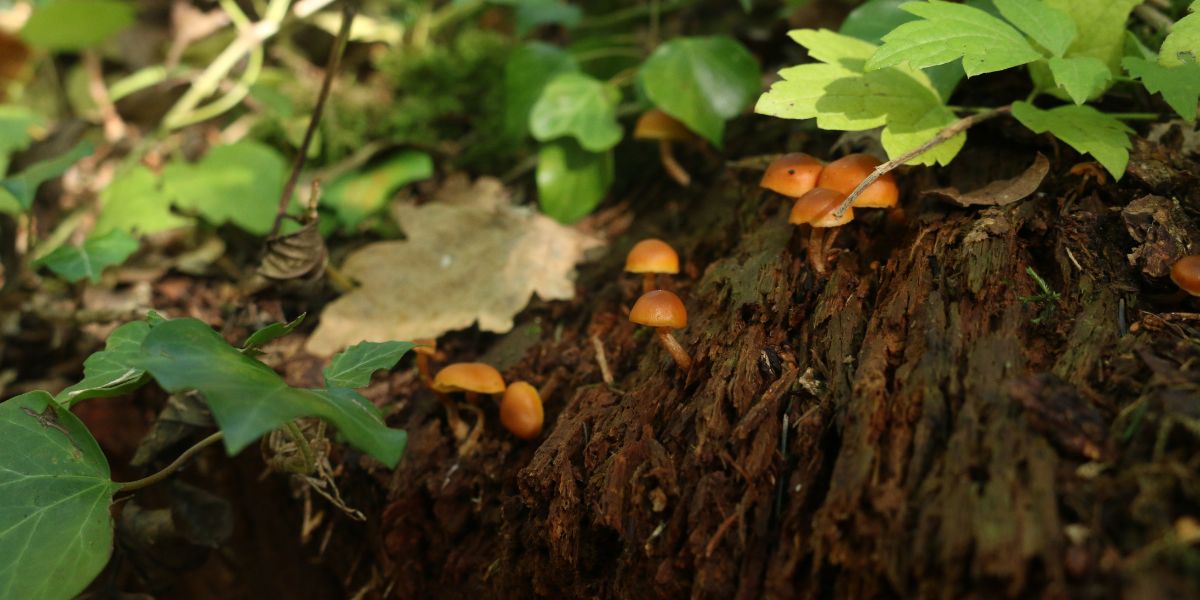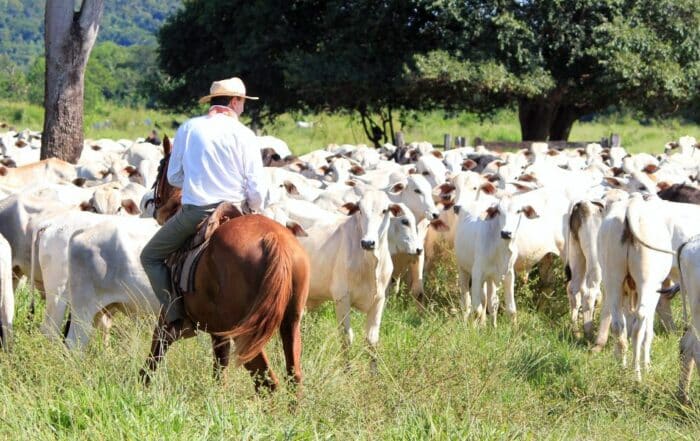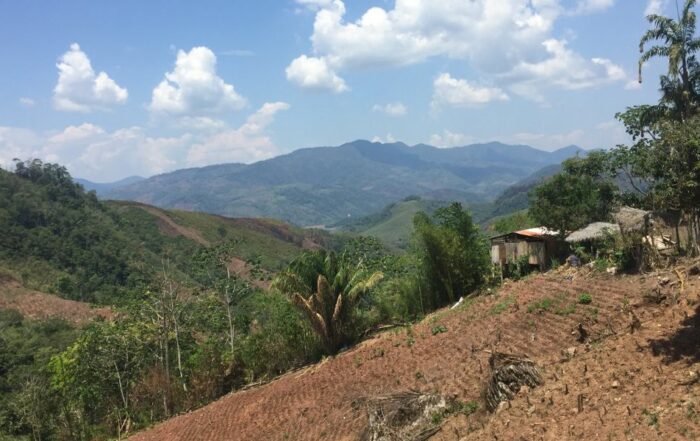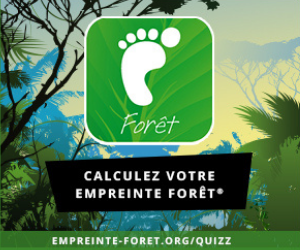Leaving dead wood on the ground: a key action for forest biodiversity
Sustainable forest management is essential for preserving biodiversity and ensuring the resilience of ecosystems in the face of climate change. In this process, taking dead wood on the ground into account plays a central role.
Dead wood, a treasure trove for biodiversity
Dead wood (standing or on the ground) plays a key role in forest ecosystems, serving as a habitat and resource for many species:
A large volume of dead wood is therefore often correlated with greater biological diversity.
The link with Envol Vert’s forest diagnostics
As part of the SEVE project, Envol Vert carried out forest assessments with 20 landowners committed to sustainable management. These studies aim to support landowners in moving towards continuous cover forestry, which promotes species diversity and natural regeneration, while limiting the impact of human intervention.
One of the key principles highlighted in these assessments is the importance of maintaining areas of free evolution (between 10 and 20% of the forest area is recommended), where nature can follow its own cycle without human intervention.
The index of biodiversity potential, a key assessment tool
In order to assess the ecological richness of forests and the impact of management practices, Envol Vert uses the index of biodiversity potential. This tool measures the capacity of a forest stand to support a diversity of species based on criteria such as the presence of dead wood, species diversity, and the existence of old trees and microhabitats. A high IBP indicates a forest offering optimal conditions for fauna and flora, highlighting the importance of maintaining dead wood and areas of free evolution.
Analysis of the IBP according to forest diagnostics reveals an overall average IPB of 14, with the lowest IBP in the diagnostics at 3 and the highest IBP at 23.
As the overall score is out of a maximum of 50, the score is not considered high, but the overall potential for ecosystem development remains high.
Why encourage natural evolution and dead wood?
Areas of free evolution allow us to observe how the forest functions naturally and maintain a stock of dead wood that is essential for fauna and flora. This approach offers many benefits:
Conference on dead wood
At the conference on dead wood in forests organized by the Haut Languedoc Regional Nature Park, speakers highlighted these dendrometric principles based on old forests that no longer exist in the Tarn region.
Historically, dead wood has often been perceived as a sign of poor management or an increased risk of fire. However, studies show that in temperate forests, its presence does not significantly increase the risk of fire and that, on the contrary, it is a key element in the proper ecological functioning of forest environments.
Massive logging by humans in the Middle Ages accelerated the rejuvenation and decline of French forests. According to Nicolas Gouix, in 2025, nearly 79% of the forest population will be less than 100 years old.
Envol Vert’s message therefore remains focused on the conservation of natural areas so that old forests can be restored in France in the future. This is the view of Gaëtan Dubus, who explains that we are cutting this regeneration cycle far too early, for some trees at 280 years old, when we should be leaving them for at least 600 years, favoring targeted harvesting areas.
Leaving dead wood on the ground: a key action for forest biodiversity
Sustainable forest management is essential for preserving biodiversity and ensuring the resilience of ecosystems in the face of climate change. In this process, taking dead wood on the ground into account plays a central role.
Dead wood, a treasure trove for biodiversity
Dead wood (standing or on the ground) plays a key role in forest ecosystems, serving as a habitat and resource for many species:
A large volume of dead wood is therefore often correlated with greater biological diversity.
The link with Envol Vert’s forest diagnostics
As part of the SEVE project, Envol Vert carried out forest assessments with 20 landowners committed to sustainable management. These studies aim to support landowners in moving towards continuous cover forestry, which promotes species diversity and natural regeneration, while limiting the impact of human intervention.
One of the key principles highlighted in these assessments is the importance of maintaining areas of free evolution (between 10 and 20% of the forest area is recommended), where nature can follow its own cycle without human intervention.
The index of biodiversity potential, a key assessment tool
In order to assess the ecological richness of forests and the impact of management practices, Envol Vert uses the index of biodiversity potential. This tool measures the capacity of a forest stand to support a diversity of species based on criteria such as the presence of dead wood, species diversity, and the existence of old trees and microhabitats. A high IBP indicates a forest offering optimal conditions for fauna and flora, highlighting the importance of maintaining dead wood and areas of free evolution.
Analysis of the IBP according to forest diagnostics reveals an overall average IPB of 14, with the lowest IBP in the diagnostics at 3 and the highest IBP at 23.
As the overall score is out of a maximum of 50, the score is not considered high, but the overall potential for ecosystem development remains high.
Why encourage natural evolution and dead wood?
Areas of free evolution allow us to observe how the forest functions naturally and maintain a stock of dead wood that is essential for fauna and flora. This approach offers many benefits:
Conference on dead wood
At the conference on dead wood in forests organized by the Haut Languedoc Regional Nature Park, speakers highlighted these dendrometric principles based on old forests that no longer exist in the Tarn region.
Historically, dead wood has often been perceived as a sign of poor management or an increased risk of fire. However, studies show that in temperate forests, its presence does not significantly increase the risk of fire and that, on the contrary, it is a key element in the proper ecological functioning of forest environments.
Massive logging by humans in the Middle Ages accelerated the rejuvenation and decline of French forests. According to Nicolas Gouix, in 2025, nearly 79% of the forest population will be less than 100 years old.
Envol Vert’s message therefore remains focused on the conservation of natural areas so that old forests can be restored in France in the future. This is the view of Gaëtan Dubus, who explains that we are cutting this regeneration cycle far too early, for some trees at 280 years old, when we should be leaving them for at least 600 years, favoring targeted harvesting areas.






